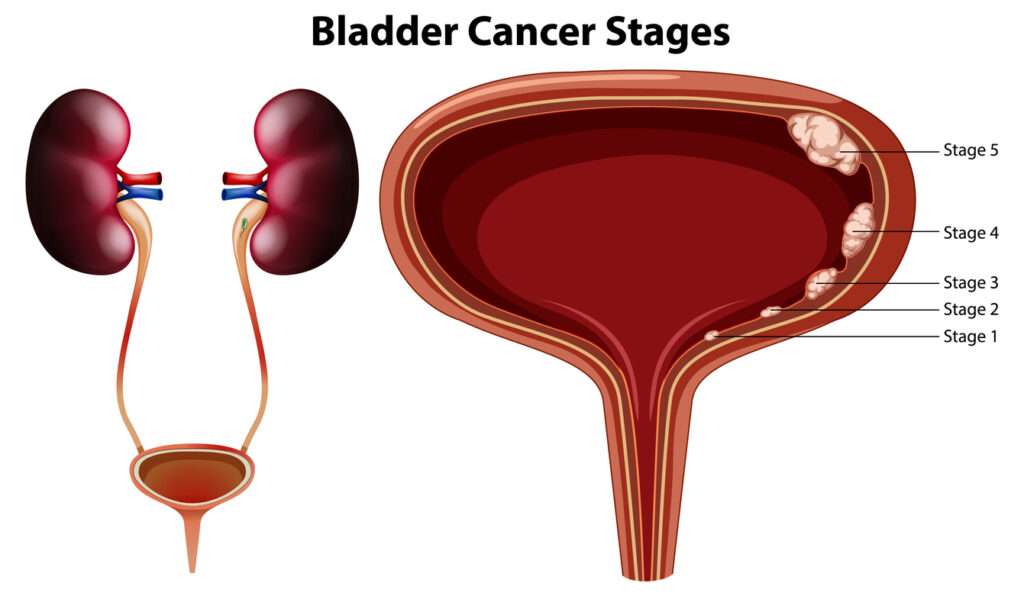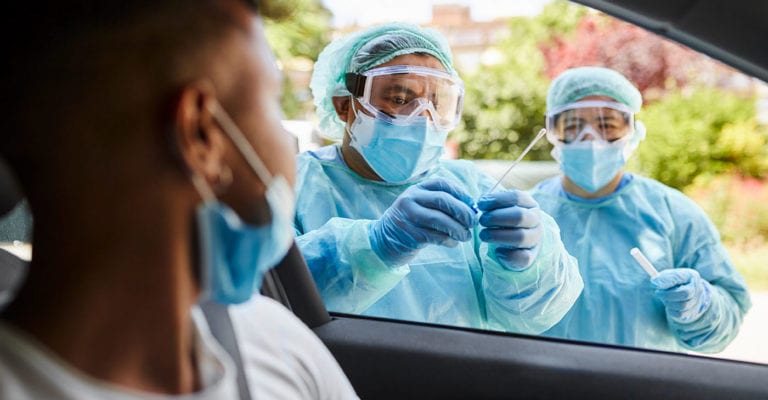A bladder cancer diagnosis can be scary, but according to those who’ve been through it, advocating for yourself and taking charge of your journey can help you make informed decisions when it comes to your treatment to get the best care possible.
“For me, a second opinion turned an originally doom-and-gloom picture into a more hopeful, optimistic and clear path forward,” said Mary Beth M., a bladder cancer survivor. “It’s so important to seek a second or even a third opinion if you feel uncertain during your journey with bladder cancer.”
In today’s healthcare landscape, where costs are rising and policies are restrictive, effective advocacy from survivors, healthcare providers and supporters is crucial. Collaborating and advocating responsibly can strengthen the healthcare system and improve the quality of cancer care that patients receive.
“Being your own advocate isn’t just about speaking up, it’s about taking charge of your own well-being and ensuring that you get the care you deserve,” said Mary Beth.
Here are a few ways you can take charge of your journey:
- Stay informed. Learn everything you can about bladder cancer, your treatment options, your health insurance coverage, and other aspects of your care. This will help you navigate decision making from an informed standpoint.
- Prioritize self-care. Taking care of your body and mind can help prepare you to deal with both your illness and the stress of treatment.
- Lean on support networks, including loved ones and your care team. Big decisions don’t need to be made alone. Talking to others who are also going through this experience can help you gain practical knowledge and feel less isolated.
- Ask for Blue Light Cystoscopy (BLC). BLC is a technology that allows urologists to see tumors that standard White Light Cystoscopy alone may miss. Better detection can lead to more accurate risk categorization, which drives appropriate disease management and possibly better patient outcomes. If BLC was not used in your original transurethral resection of bladder tumor (TURBT), it may be worth asking for it to check for residual tumors and ensure accurate diagnosis. In fact, up to 86% of residual tumors are found at the original resection site after initial white-light TURBT.
BLC makes cancer cells in the bladder glow bright pink, which helps make lesions visible and defines their borders. This procedure can be useful in both surveillance and operating room settings. If you are interested in considering BLC, speak with your urologist.
Being your own advocate – or having an advocate work in your best interest – is important when battling bladder cancer and will help in both learning about the best treatment options and accessing them.
By: StatePoint









